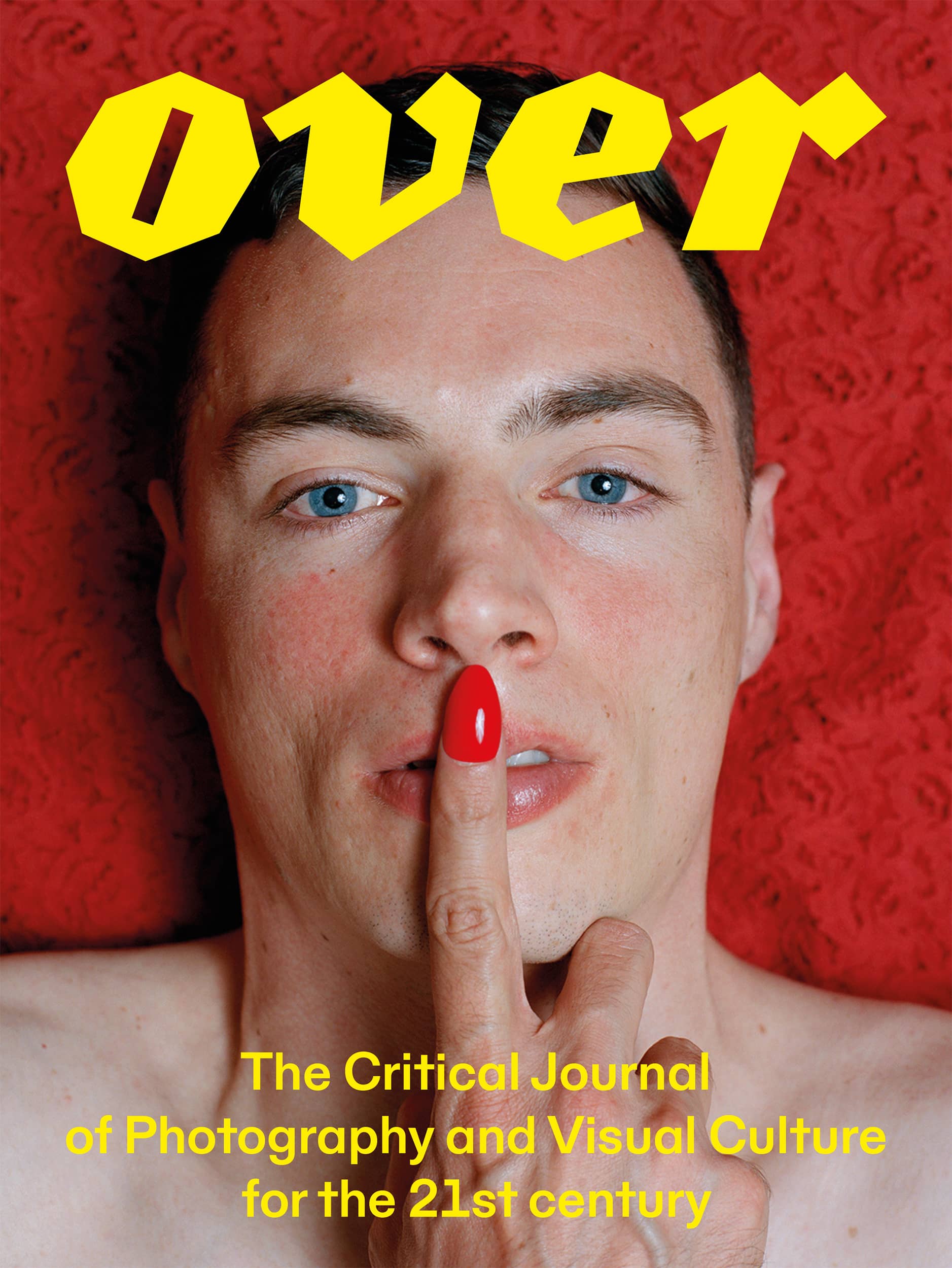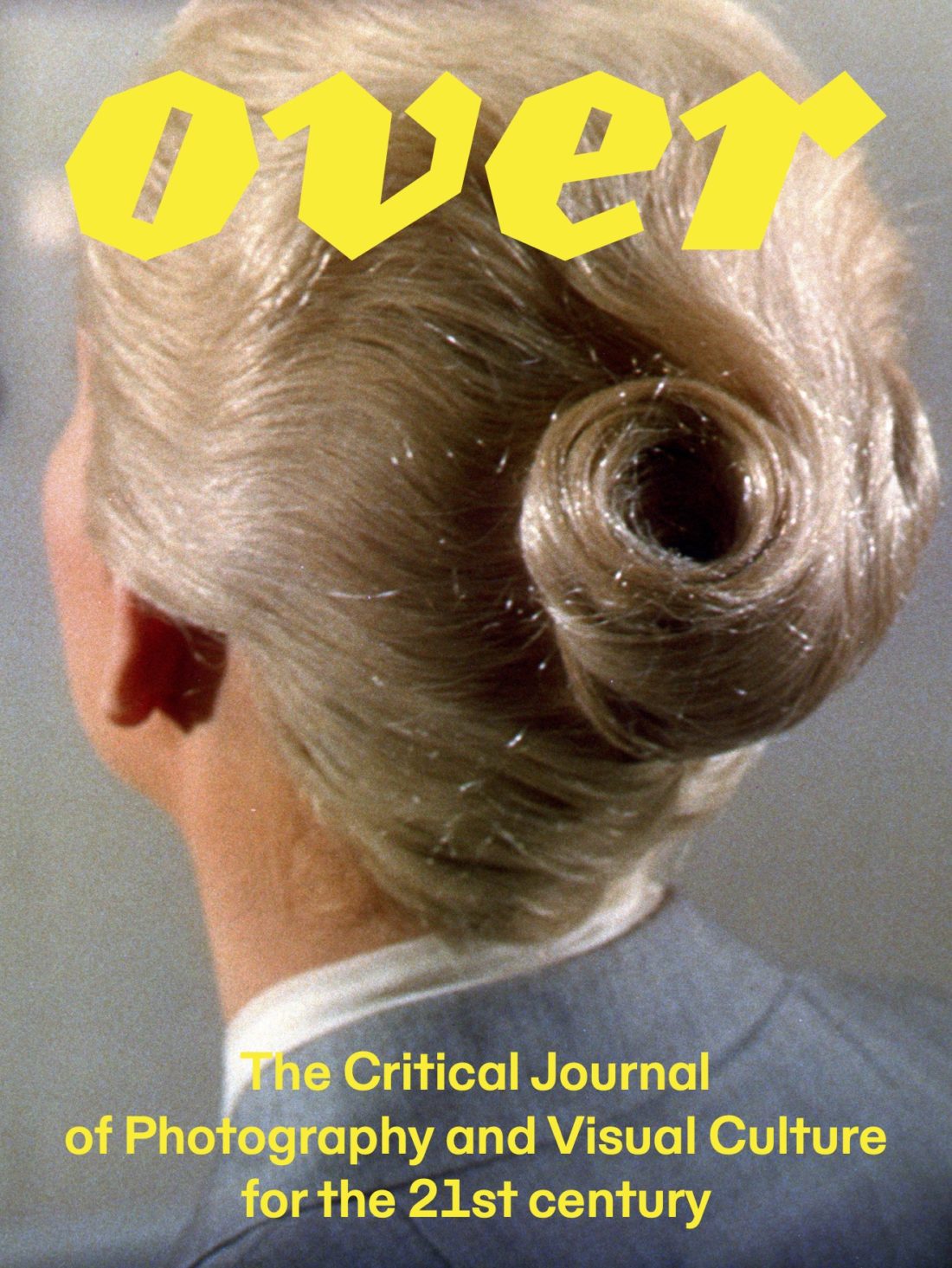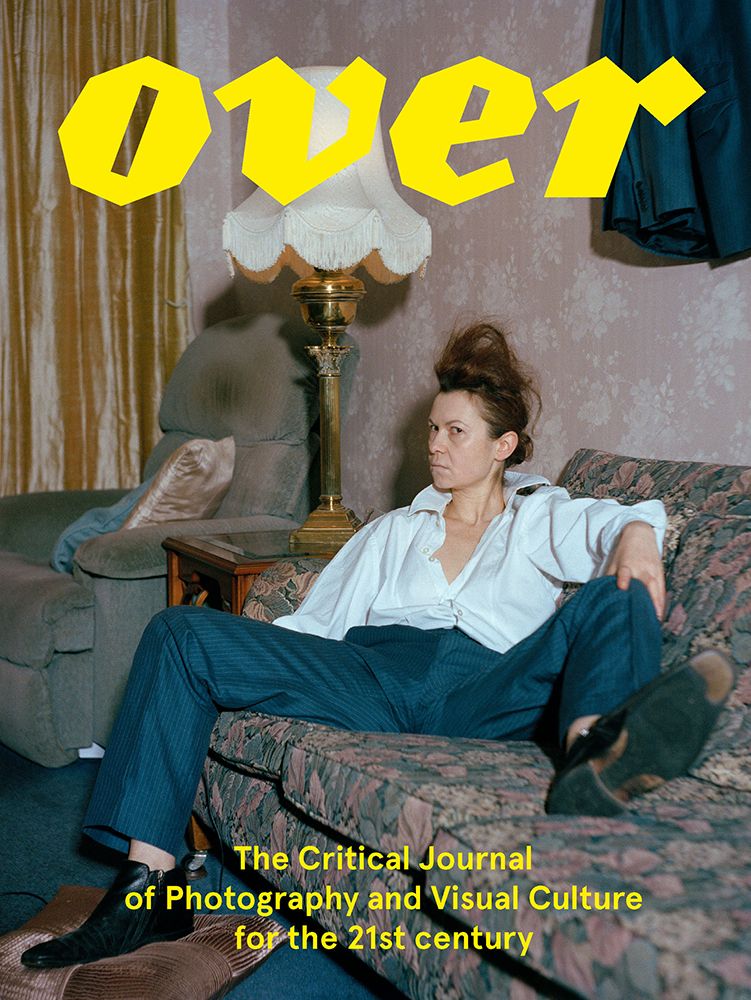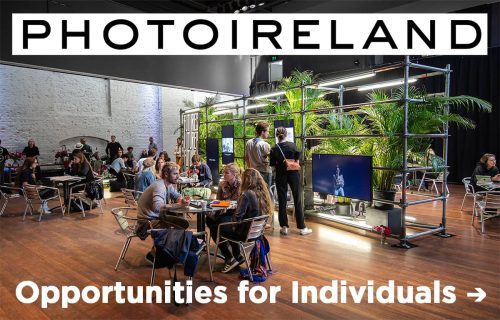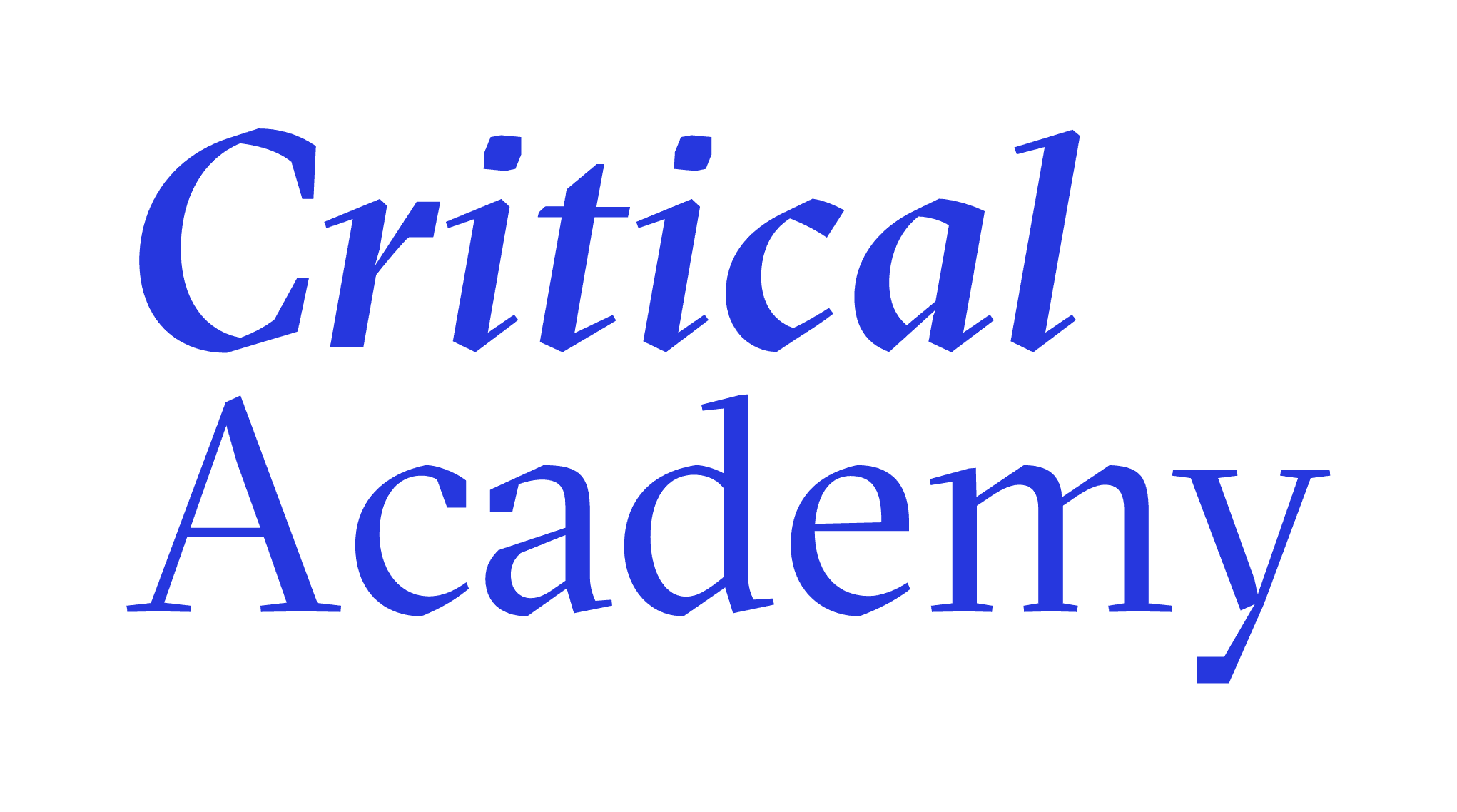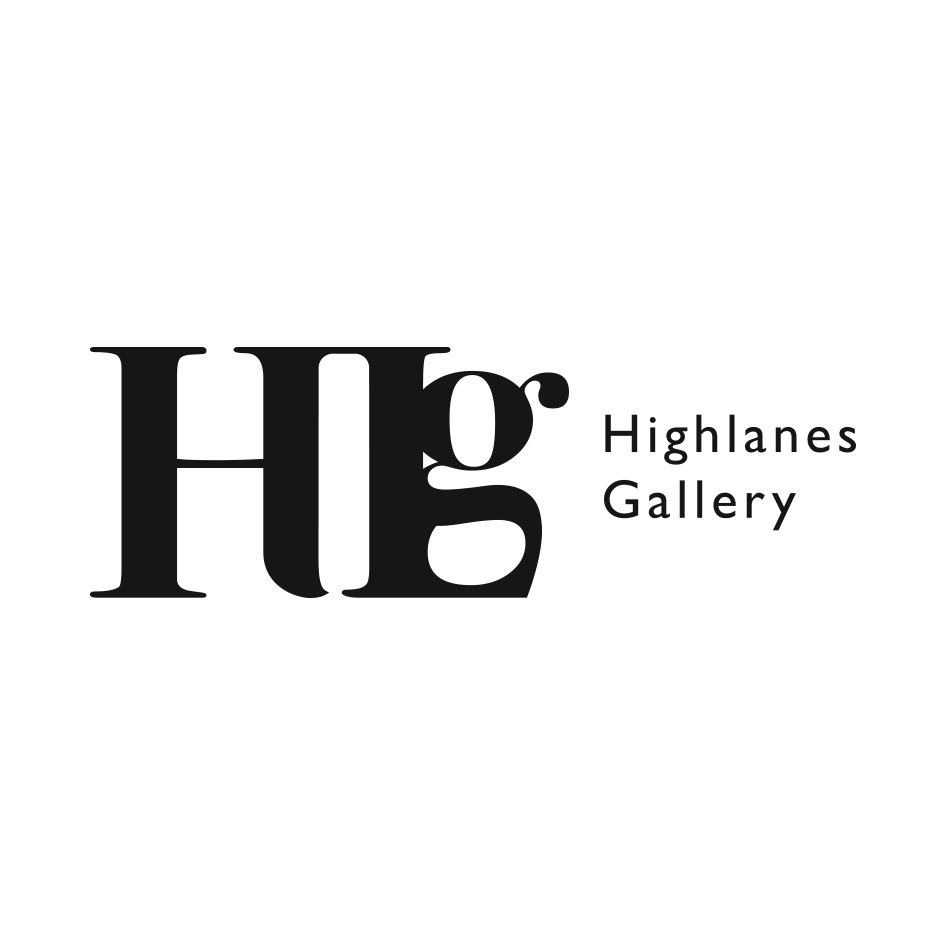
Highlanes Municipal Art Gallery opened its doors on October 4, 2006 and was the culmination of many years planning to deliver a dedicated visual art space for the Irish north east region, of an international standard in terms of design, management, environmental control and security.
The gallery is sited in the former Drogheda Franciscan Church and part of the Friary; known locally as the ‘High Lane Church’. The Franciscans gifted the property to the people of Drogheda when they ended their 760 year association with the town in 2000. The buildings date from the early 19th century, though elements date back to earlier times and include the former Franciscan burial crypts. The main exhibition spaces are open plan and include the old Church level and a new floor at the height of the old balcony and as such, the character of the building is not lost.
The Board of management raised over €4 million from international and local funding and donations. This was a major achievement for the town. As part of the development of the gallery the Board made a strategic decision to purchase much of the adjoining property a number of years ago, to enable it to plan for Highlanes Munipal Art Gallery’s long-term development. Much of this property has been incorporated in the development.
Highlanes Municipal Art Gallery programme over the first year saw it reintroduce the Drogheda Municipal Art Collection (DMAC) to the public for a three-month period. This was complemented with borrowed works from national and private collections, in order to place the late 19th century works in the Drogheda collection in their context, which has a strong representation from women artists. Other elements of the little known Drogheda Municipal Art Collection – which dates from the 17th Century, were shown from time to time. Highlanes Gallery programmes approximately five temporary exhibitions every year, some of which are drawn from the Collection.
Highlanes Gallery has worked closely with Banbridge District Council who have developed a dedicated visual art space titled the F.E. McWilliam Centre after the sculptor FE Mc William.
Highlanes Gallery has planning permission for Phase 2 – two further white cube galleries, an education centre and additional environmentally controlled storage areas, which it hopes to develop in the future.1
History
An introduction to the building by Fr. Pat Conlon OFM
The Highlanes Gallery is located in the former Franciscan Friary Church which was built in 1829 around an earlier Franciscan Foundation. The ancient friary was located about 100 meters away, though no trace remains today.
On entry to the building from the Courtyard / Gallery level, visitors will notice the late nineteenth stained glass windows in the old nave of the church. Each window has the refrain, B. N, ora pro nobis, written in Latin, meaning ‘Blessed Saint N, pray for us’. The dual windows are also paired across the nave of the church.
St Bonaventure is depicted on the first north facing window and is balanced by St Anthony on the southern wall, both of whom were leading theologians who promoted unity within the Franciscan Order.
St Bernadine is balanced by St Peter who were both leading ascetics and reformers. King Saint Louis is opposite Queen St Elizabeth, patron and patroness of the old Third Order, now the Secular Franciscan Order.
St Margaret is paired with St Colette, both penitents and mystics. Visitors will note the heart and three nails at the top of the first pair of windows, indicating the dedication of both saints to the Passion of Christ as a source of inspiration and prayer.
St Bonaventure (1221-74), theologian and Minister General of the order, was born at Bagnorea in Italy. It is reputed that he was healed while ill by St Francis of Assisi. He later joined the Franciscans and was an effective and dedicated priest who experienced ecstasy during prayer. As professor of theology at the University of Paris, he wrote on theological problems as well as the higher levels of spirituality and prayer. When acting as Minister General he drafted new constitutions for the Franciscans and strove for unity within the Order. He was appointed Bishop of Albano, and later made a cardinal by Pope Gregory X. Bonaventure was appointed to direct the Council of Lyons but died from the strain before the end of the Council. The window shows him wearing a cardinal’s hat. The angel above the St. Bonaventure may be seraphim, symbolising his title of Seraphic Doctor (the Seraphic Order is another name for the Franciscans).
St Bernadine of Sienna (1380-1444), reformer and preacher, was orphaned and reared by relatives. Even as a young man he was dedicated to prayer and helping the poor; he was inspired by Our Lady and joined the Franciscans and preached devotion to the Holy Name of Jesus over the length and breadth of Italy. He also introduced a stricter life among the friars, Bernadine is shown in the religious habit carrying the symbol ‘HIS’. This is an abbreviation of the Name of Jesus about which Bernadine preached. The Jews traditionally omitted the vowels in writing sacred names. Thus JeHuS became IHS. In medieval times a line was placed over a word to indicate contractions – HIS. Later the line turned the top of the H into a cross.
A pelican feeds three young above the second pair of windows; this is a symbol of Christ pouring out his blood for the salvation of the mankind, particularly in the Eucharist.
King St Louis of France (1215-70) was regarded as a wise ruler and patron of the Secular Franciscan Order. His devout mother, Blanche, trained him to live in the light of faith. On becoming King Louis IX at the age of twelve, he later joined the Third Order of Saint Francis. An extremely wise and just ruler, he made France the leading power in Europe, organizing the Sixth Crusade to fulfill a solemn promise. Louis was captured while on crusade in 1250, however, the French people paid a ransom for his release he subsequently undertook the Seventh Crusade but died of the plague near Carthage. He is depicted wearing a king’s crown. The crossed sword and scepter represent his dedication to wise government and his efforts to recover the Holy Land, while the cord is the symbol of the Franciscan Third Order.
St Margaret of Cortona (1247-97), penitent, had a hard life as a child. She was determined to make her mark in the world, leaving home as eighteen. Her beauty led her into a life of sin, which ended when her partner of the moment was murdered. She became a penitent, living a secluded life of prayer and working for her food. She joined the Third Order and used its rule to guide her life of penance. She became a contemplative and could read the inmost secrets of the many that came to her for advice. Her incorrupt body is preserved in Cortona. Margaret is shown wearing the hood of a penitent, while the symbols of the Passion, on which she based her spirituality, are shown around her, the Cross, spear, sponge, pliers, scourge and whip.
A chalice and host, symbols of the Eucharist, are over the saints on the first window on the far side. St Colette of Corbie (1381-1447) who was a mystic and reformer. She was born in France – the first child of a mother aged nearly sixty. As a young girl, she was known for her compassion for the poor, prayer and mortification. She joined the Franciscan Third Order after the death of her parents, living as an anchoress in a hut adjoining the local church, as was a common feature by such people in the late middle ages. Inspired by the Lord to introduce a strictly form of life among the Poor Clares or Second Order of Saint Francis, she left her hut and founded many monasteries of strict observance based on deep prayer and simplicity of heart. Colette is shown in the habit of a Poor Clare. The three arrows in her hand represent the difficulties she overcame in life and the importance of her religious faith.
St Elizabeth of Hungary (1207-31) was a charitable monarch who achieved much in her short life. A daughter of King Andrew of Hungary, she was betrothed at three years of age to Louis, future Langrave of Thuringia and Hesse. They married when he succeeded his father. She spent much of her time looking after the sick and poor while acting as a wise regent when Louis was absent, he died while on the way to participate in the crusade led by Emperor Frederick II. Elizabeth was driven out by her brothers and was forced to live in a shack and spin flax for a living. Restored to her castle, she refused the hand of Frederick II to live a life of seclusion and poverty. She joined the Third Order of Saint Francis and lived a religious life while nursing the sick in hospitals. Elizabeth is shown with the crown of a queen as well as fruit and flowers, symbols of her feeding the poor and her life of prayer.
The Greek letters A and Ω (alpha and omega) are over the last set of windows on the southern wall on the upper gallery level. They are the first and last letters of the alphabet and symbolise the beginning and end of life, both in terms of the world and each individual soul.
St Peter of Alcantara (1499-1562), preacher and reformer, was born in Spain and joined the Franciscans while attending the University of Salamanca. He began a strict life of prayer and mortification, wearing an iron belt studded with spikes and scourging himself until he bled. He became a famous preacher in many parts of Spain and erected a mission cross wherever he preached. A humble man, he was forced to become a provincial and revitalise the Franciscan Order in Spain. Peter is shown in the form of Franciscan habit that pre-dated the Leonine Union of 1897. The dove and golden rays represent his closeness to the Spirit and the graces that he enjoyed, which help us establish the approximate dates of these wonderful stained glass windows.
St Anthony of Padua (1195-1231), theologian and preacher, was born in Lisbon and joined the Canons Regular of St Augustine. He was inspired by the example of the Franciscan Martyrs of Morocco. He became a Franciscan and set out for North Africa. Illness curtailed his plans, while the ship bringing him back to Spain ended up in Sicily, from whence he attended the general chapter of the Order at Assisi in 1224 and ended up in the little friary at Forli. There his abilities as a preacher were discovered, as well as preaching in Italy and the south of France he also lectured young friars in theology. He was elected provincial of upper Italy dying in Padua. Anthony is shown as a young friar, full of energy and love of god. The symbols show the rosary, indicating his devotion to Mary, a book of the Gospels, remind us that he is known as the Evangelic Doctor, and the lily of purity.
A modern stained glass window (ca. 1960s) has replaced the original depiction of a saint at the back of the church on the top balcony – it shows a red T or Greek ‘tau’. St Francis of Assisi used this to sign his letters. The Latin inscription is from the blessing Francis gave to Brother Leo: ‘May the Lord Guard You and Keep You’.
The arms of the Franciscan Order on the west gallery wall show the bare arm of Christ crossing over the arm of Francis in a habit, both palms showing the mark of a nail, surmounted by a simple cross.
The original window, on the upper level, depicted Blessed John Duns Scotus (1265-1308). Scotus means Scot and Duns and is a place in Scotland. Leading Irish Franciscan theologians of the seventeenth century took him as their model because they believed he was Irish. He graduated at the University of Paris and later taught at Cambridge, Oxford and Cologne. He is famous for promoting the doctrine of the Immaculate Conception.2
Exhibitions
Selected exhibitions
- 2021, 1st – 25th Sept, Justice: Never Enough, Abigail O’Brien, Highlanes Gallery, Drogheda
External links & References
- “About Us ” Highlanes Gallery https://highlanes.ie/about-the-gallery/about-us/
- “About Us ” Highlanes Gallery https://highlanes.ie/about-the-gallery/about-us/

